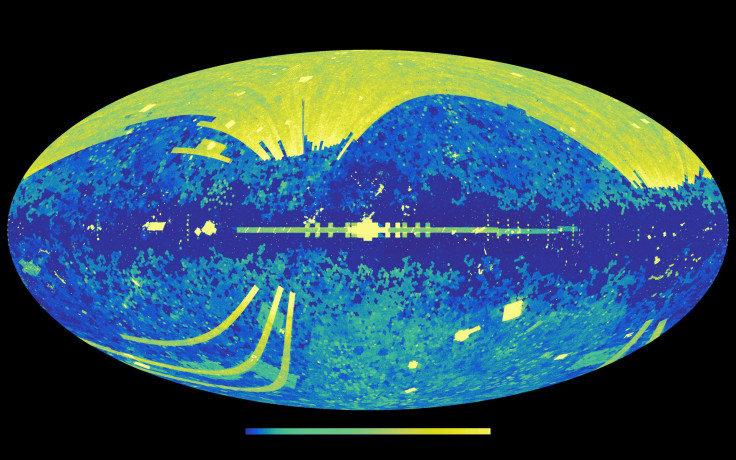Astronomers Compile Galaxy Catalog Containing Distance Estimates For Over 77,000 Galaxies

In an effort aimed at increasing the accuracy of our estimates of how far galaxies are from us, a team of researchers has now compiled a catalog containing distance estimates for over 77,000 galaxies. The catalog, named NED-D, is part of the NASA/IPAC Extragalactic Database (NED) — a repository containing information on more than 100 million galaxies.
“We’re thrilled to present this catalog of distances to galaxies as a valuable resource to the astronomical community,” Ian Steer, NED team member, curator of NED-D, and lead author of a study describing the database, said in a statement released Thursday. “Learning a cosmic object's distance is key to understanding its properties.”
The observable universe is a sphere roughly 93 billion light-years across. Some estimates peg the total number of galaxies in this region at a staggering 2 trillion. This means that every point in the sky you look at contains part of a galaxy, and the only reason the night sky appears dark instead of a blinding shade of white is because many of these galaxies are so redshifted due to the expansion of space that their radiation no longer falls in the visible spectrum.
In order to gauge how far these galaxies really are, astronomers use, among other things, celestial objects known as Type Ia supernovae — “standard candles” that always explode with the same brightness. In total, the scientists used roughly six dozen different indicators to estimate the distances of the galaxies listed in the NED-D catalog.
“From its humble origins a little over a decade ago, NED-D now hosts upwards of 166,000 distance estimates for more than 77,000 galaxies, along with estimates for some ultra-distant supernovae and energetic gamma ray bursts,” NASA said in the statement. “To date, NED-D has been cited by researchers in hundreds of studies.”
The researchers believe that the databases — NED and NED-D — could serve as “discovery engines” for astronomers, as they pool together huge quantities of searchable data. Last year, for instance, scientists were able to discover a class of superluminous spiral galaxies after sifting through a sample of 800,000 galaxies listed in NED.
"NED and its associated databases, including NED-D, are in the process of transforming from data look-up services to legitimate discovery engines for science,” Steer said. “Using NED today, astronomers can sift through mountains of ‘big data’ and discover additional new and amazing perspectives on our universe.”
© Copyright IBTimes 2024. All rights reserved.






















